Sweden
Welcome to Sweden
Welcome to Sweden, a country where modern cities blend seamlessly with pristine wilderness, and centuries-old traditions coexist with cutting-edge design. Whether you’re drawn by the allure of Stockholm’s archipelago, the midnight sun in the Arctic Circle, or the charm of cobblestone towns and deep forests, Sweden offers a unique Scandinavian adventure for every traveler.
Sweden is the largest of the Scandinavian countries, bordered by Norway, Finland, and Denmark, and stretching from the rolling beaches of the south to the Arctic tundra of the north. Its seven major cities each have their own distinct character, but the countryside-dotted with lakes, dense forests, and rugged mountains-remains the heart of Swedish life. The Swedes are proud of their green country and their constitutional right of Allemansrätten, which allows everyone to roam freely in nature, picking berries, hiking, and camping as long as they respect the environment and privacy of others.
Why Visit Sweden?
1.
A Land of Contrasts: Sweden’s dramatic topography offers everything from the cosmopolitan buzz of Stockholm and Gothenburg to the tranquil beauty of Lapland’s wilderness, where you can witness the Northern Lights or experience the midnight sun.
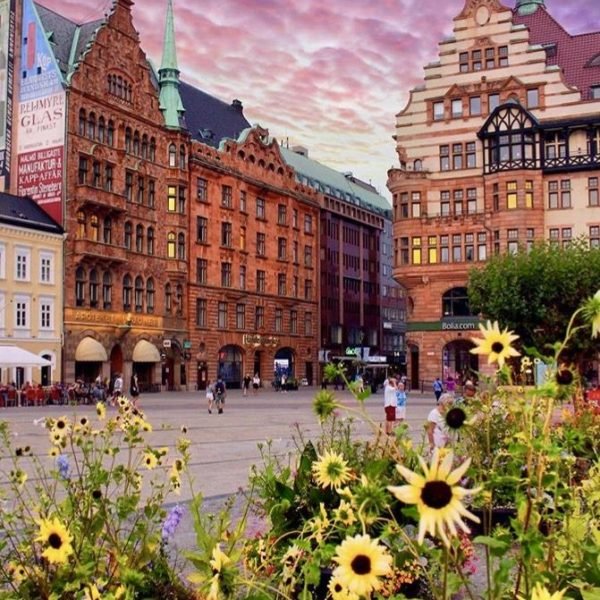
2.
Rich Culture and History: Explore medieval old towns, royal palaces, and world-class museums. Sweden’s open, progressive society is reflected in its vibrant arts, music, and culinary scenes, making it a destination for both history buffs and modern explorers.
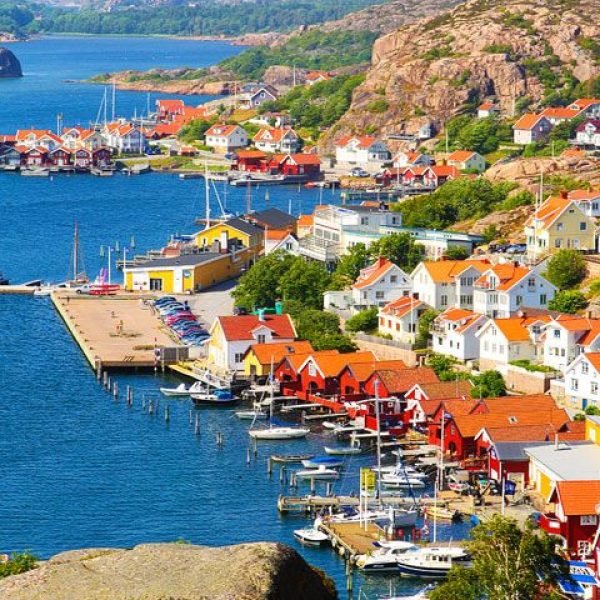
Planning Your Trip
Visa Information
Sweden is part of the Schengen Area. Travelers from EU/EEA countries do not need a visa, while visitors from many other countries can enter visa-free for up to 90 days within a 180-day period. If you require a visa, apply at your nearest Swedish embassy or consulate before your trip. Always check the latest requirements, as rules can change.
Best Time to Visit
Sweden’s vast length means the climate varies significantly:
- Summer (June–August): The most popular time to visit. Expect long daylight hours, lively festivals, and warm temperatures, especially in the south. This is perfect for island-hopping, hiking, and enjoying Sweden’s beaches.
- Autumn (September–November): Forests turn golden and red, and the crowds thin out. It’s a great season for hiking, foraging mushrooms and berries, and experiencing local harvest festivals.
- Winter (December–March): Ideal for winter sports, dog sledding, and seeing the Northern Lights in Swedish Lapland. Cities like Stockholm and Gothenburg are beautifully decorated, and you can try traditional Swedish saunas after a day in the snow.
- Spring (April–May): As the snow melts, flowers bloom and outdoor cafés reopen. It’s a quieter, more affordable time to explore.
Getting To and Around
- Arriving: Most international visitors fly into Stockholm Arlanda Airport, but Gothenburg and Malmö also have major airports. High-speed trains and ferries connect Sweden to Denmark, Norway, Finland, and Germany.
- Getting Around: Sweden’s public transport is efficient and extensive. Trains and long-distance buses link cities and towns, while local buses, trams, and subways serve urban areas. The SJ train network is comfortable and scenic, especially the routes between Stockholm, Gothenburg, and Malmö.
- Driving: Renting a car is a great way to explore rural areas, the west coast, or the north. Roads are well maintained and signage is clear, but distances can be long-Sweden is a vast country.
- Cycling and Ferries: Many cities are bike-friendly, and Sweden’s archipelagos are best explored by ferry or kayak.
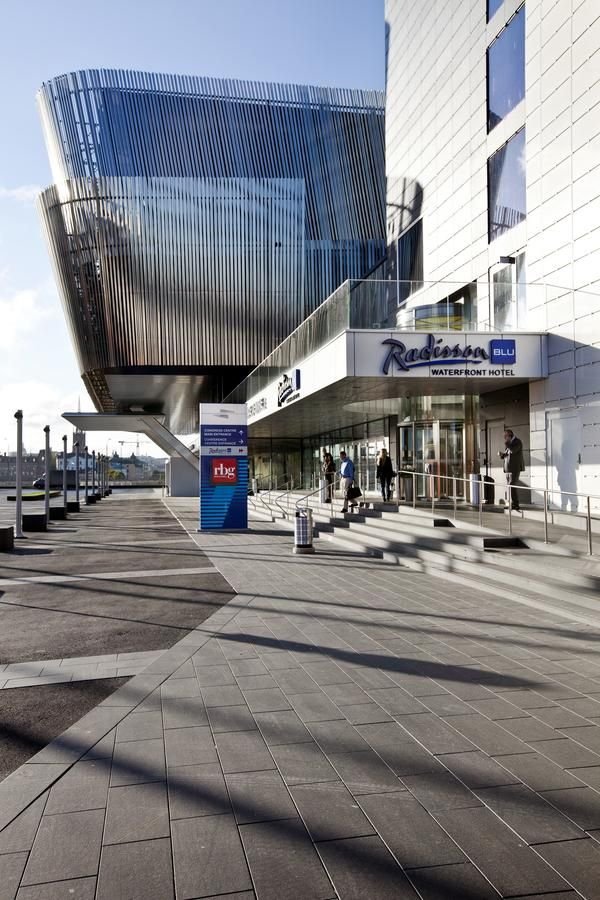
Accommodation
Sweden offers a diverse range of accommodation options to suit every traveler’s taste and budget, from luxury hotels in vibrant city centers to cozy countryside cottages and innovative new stays opening in 2025.
Hotels and City Stays
In major cities like Stockholm, Gothenburg, and Malmö, visitors can find everything from boutique hotels to large international chains. Stockholm, for example, boasts new luxury openings such as the Stockholm Stadshotell, Sweden’s first Relais & Châteaux hotel, combining historic architecture with modern amenities including a fine-dining restaurant and wellness area. Another highlight is Hagastrand, a new destination hotel near Stockholm’s Hagaparken, offering a blend of wellness, nature, and contemporary design with a large spa and outdoor activity spaces. Gothenburg will welcome the Hyatt Place Gothenburg Central, a modern 300-room hotel with suites, a restaurant, and a lobby bar, opening in spring 2025.
For travelers seeking unique experiences, the EXO restaurant on the 69th floor of Karlatornet in Gothenburg will open in 2025 as Scandinavia’s highest restaurant, offering spectacular views alongside fine dining. Meanwhile, the Hjortviken country club near Gothenburg will provide a lakeside resort experience with 150 rooms, pools, and Spanish-Swedish cuisine, emphasizing outdoor activities and an “offline” retreat.
Budget and Mid-Range Options
Budget-conscious travelers will find affordable and comfortable hotels such as the Best Western Kom Hotel and Sure Hotel by Best Western Stockholm Älvsjö, both offering good locations near transport hubs and attractions. Hostels and guesthouses are also widely available, especially in university towns and smaller cities.
Unique and Historic Stays
For a taste of Swedish history and charm, the Waxholms Hotell in Vaxholm is undergoing renovations to become a vibrant food and lifestyle destination, blending its 120-year legacy with modern culinary experiences. In rural areas and national parks, traditional wooden cottages and cabins provide a cozy way to enjoy Sweden’s natural beauty, often with access to hiking trails and lakes.
Student and Long-Term Accommodation
Students coming to Sweden in 2025 can apply for student housing through university accommodation services, which offer dormitories and shared apartments at reasonable prices. Applications for autumn 2025 opened in April, with priority given based on queue position and student status.
Getting Around from Your Stay
Many hotels in Stockholm and Gothenburg are conveniently located near central train stations and public transport, making it easy to explore the city and beyond. For example, the Radisson Blu Waterfront Hotel in Stockholm is adjacent to the Waterfront Congress Centre and close to the Arlanda Express train to the airport, offering instant city access.

Food and Drink
Swedish cuisine is a delightful blend of traditional flavors and innovative gastronomy, reflecting the country’s rich cultural heritage and modern culinary trends. In 2025, Sweden continues to shine as a food destination with new restaurants and unique dining experiences opening across the country.
Traditional Swedish Cuisine
Classic dishes such as köttbullar (meatballs), gravlax (cured salmon), and smörgåsbord (a buffet of cold dishes) remain staples. Don’t miss trying herring prepared in various ways, fresh seafood from the coasts, and hearty stews like ärtsoppa (pea soup). Swedish fika culture, the cherished coffee break with pastries like kanelbullar (cinnamon buns), is an essential part of the food experience.
New and Noteworthy Restaurants
2025 brings exciting openings such as EXO in Gothenburg, located on the 69th floor of Karlatornet, Scandinavia’s tallest building, offering panoramic views paired with innovative cuisine. The Hjortviken country club near Gothenburg will feature Spanish-Swedish fusion dishes, emphasizing local ingredients and outdoor dining experiences.
Stockholm’s food scene is also expanding with the reopening of Waxholms Hotell as a culinary hotspot in the archipelago, promising international flair and a vibrant atmosphere. The Hernö Gin Hotel in Härnösand, opening in early 2025, offers a unique combination of premium gin tastings, bars, and a restaurant, perfect for those interested in Sweden’s growing craft spirits scene.
Michelin-Starred and Fine Dining
Sweden boasts several Michelin-starred restaurants, and 2025 sees continued innovation in this sector. Renowned chefs like Magnus Nilsson are opening new ventures such as Pensionat Furuhem in South Sweden, blending fine dining with local traditions and seasonal ingredients.
Local Ingredients and Sustainability
Swedish cuisine emphasizes fresh, local, and sustainable ingredients. Wild berries, mushrooms, game meats, and fresh fish from the Baltic Sea and the west coast are common on menus. Many restaurants focus on organic and eco-friendly practices, reflecting Sweden’s commitment to environmental responsibility.
Beverages
Sweden’s beverage scene is vibrant, with a growing interest in craft beers, artisanal ciders, and especially gin. The Hernö Gin Hotel highlights this trend, celebrating one of Sweden’s most famous exports. Traditional drinks such as snaps (flavored aquavit) are popular during celebrations like Midsummer and Christmas.
Street Food and Casual Dining
For casual dining, street food markets and food trucks offer everything from traditional Swedish sausages to international flavors, reflecting Sweden’s multicultural population. Cities like Stockholm and Gothenburg have lively food markets where you can sample a variety of dishes in a relaxed setting.

Must-See Attractions
- Vasa Museum, Stockholm
One of Sweden’s most iconic museums, the Vasa Museum houses a remarkably preserved 17th-century warship that sank on its maiden voyage and was salvaged centuries later. The multi-level exhibits include films and artifacts that bring this maritime marvel to life. It’s a fascinating stop for history lovers and curious visitors alike. - Stockholm Old Town (Gamla Stan)
The medieval heart of Stockholm, Gamla Stan is a maze of cobblestone streets, colorful buildings, and historic landmarks. Here you can visit the Royal Palace, Stockholm Cathedral, and enjoy quaint cafés and shops. The atmosphere is magical, especially in the early morning or evening when the crowds thin out. - Skansen Open-Air Museum, Stockholm
This unique museum showcases five centuries of Swedish life with historic buildings, traditional crafts, and Nordic wildlife in natural settings. It’s both educational and entertaining, perfect for families and anyone interested in Swedish culture and nature. - Djurgården Island, Stockholm
A green oasis in the city, Djurgården offers beautiful parks, waterfront trails, and several top museums including the Vasa Museum, ABBA: The Museum, and the Nordic Museum. It’s ideal for leisurely walks, picnics, and cultural exploration. - ABBA: The Museum, Stockholm
A must for music fans, this interactive museum celebrates the legendary Swedish pop group ABBA, featuring original costumes, memorabilia, and fun sing-along holographic experiences. - Drottningholm Palace
Located just outside Stockholm, this UNESCO World Heritage site is the residence of the Swedish royal family. Visitors can explore its lavish interiors, extensive gardens, and the charming Chinese Pavilion. - Icehotel, Jukkasjärvi
In Swedish Lapland, the Icehotel is a world-famous attraction rebuilt every winter from ice and snow. Visitors can stay overnight in artist-designed ice suites or simply tour the stunning ice art and sculptures. - Abisko National Park
Known for some of the clearest skies in Europe, Abisko is a prime spot for viewing the Northern Lights in winter and hiking under the midnight sun in summer. The park offers well-marked trails and a chance to experience Arctic nature. - Gothenburg and Southern Archipelago
Sweden’s second-largest city boasts a lively cultural scene, excellent seafood, and beautiful nearby islands ideal for day trips. The Southern Gothenburg Archipelago is car-free and perfect for cycling, swimming, and exploring quaint fishing villages. - Malmö and the Öresund Bridge
Malmö blends medieval charm with modern architecture and is connected to Copenhagen by the impressive Öresund Bridge. The city offers vibrant food markets, parks, and a dynamic arts scene. - Gotland Island
A fairy-tale island with medieval Visby town, Viking history, and sandy beaches. It’s a summer favorite for its relaxed atmosphere and cultural festivals. - Sigtuna
Sweden’s oldest town, Sigtuna is filled with medieval streets, rune stones, and historic churches. It’s a peaceful place to soak up history and take boat tours on Lake Mälaren.
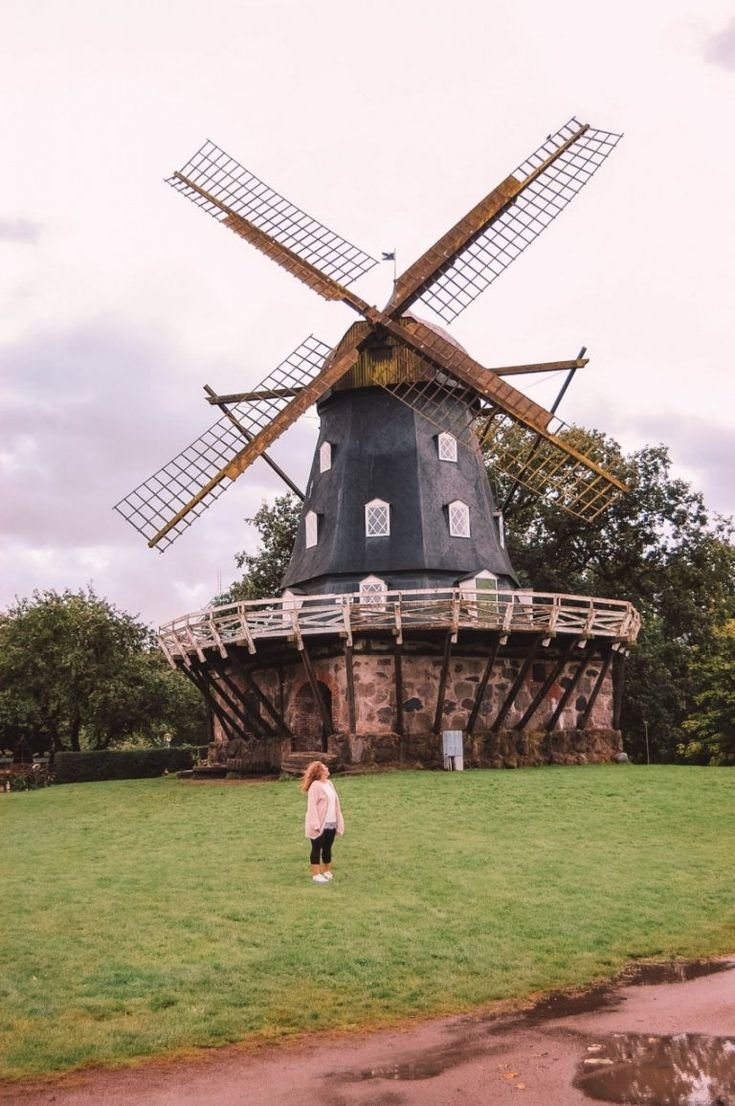
Must-Do Activities
- Explore Stockholm by Boat
With its location on 14 islands, Stockholm is best experienced from the water. Take a boat tour through the archipelago or a ferry to nearby islands like Vaxholm or Sandhamn for scenic views and charming villages. - Experience Swedish Fika
Fika is more than a coffee break-it’s a cherished social ritual. Visit local cafés to enjoy strong coffee paired with cinnamon buns or other pastries, and soak in the relaxed atmosphere. - Witness the Northern Lights
Head to Swedish Lapland in winter for a chance to see the aurora borealis. Abisko National Park and the area around Kiruna are renowned for clear skies and spectacular light shows. - Stay in the Icehotel
Spend a night in a room made entirely of ice and snow, surrounded by stunning ice art. The experience includes warm thermal sleeping bags and access to saunas and hot tubs. - Hike and Explore National Parks
Sweden’s vast wilderness offers countless hiking opportunities. Popular parks include Abisko, Sarek, and Tyresta near Stockholm. Trails range from easy walks to challenging multi-day treks. - Visit Historic Castles and Palaces
Tour Drottningholm Palace, Gripsholm Castle, and Kalmar Castle to immerse yourself in Sweden’s royal and medieval history. - Taste Swedish Seafood and Local Cuisine
Try fresh Baltic and North Sea fish, crayfish parties in late summer, and traditional dishes like smörgåsbordand räkmacka(shrimp sandwich). Don’t miss the chance to sample local cheeses and wild berries. - Explore Gothenburg’s Food Markets and Parks
Visit Feskekôrka, the famous fish market, and enjoy fresh seafood. Spend time in Slottsskogen Park or take a ferry to the nearby islands for outdoor fun. - Cycle Through the Countryside and Cities
Sweden is bike-friendly with extensive cycling paths. Ride through Stockholm’s islands, Malmö’s parks, or the scenic Österlen region for a healthy and immersive way to see the country. - Attend Seasonal Festivals
Join in Midsummer celebrations with maypole dancing and traditional foods, or experience Lucia Day in December with candlelit processions and singing. - Kayak and Swim in the Archipelagos
The Stockholm and Gothenburg archipelagos offer crystal-clear waters, perfect for kayaking, swimming, and island hopping in summer. - Visit Museums and Art Galleries
Besides the Vasa and ABBA museums, explore Moderna Museet for contemporary art in Stockholm, and the Gothenburg Museum of Art for Nordic masterpieces.
Sweden in 2025 invites you to discover its rich tapestry of history, culture, and nature. From the bustling streets and museums of Stockholm to the serene wilderness of Lapland, every corner offers something special. Whether you’re wandering medieval alleys, marveling at royal palaces, or chasing the Northern Lights, your Swedish adventure will be filled with unforgettable sights and experiences.
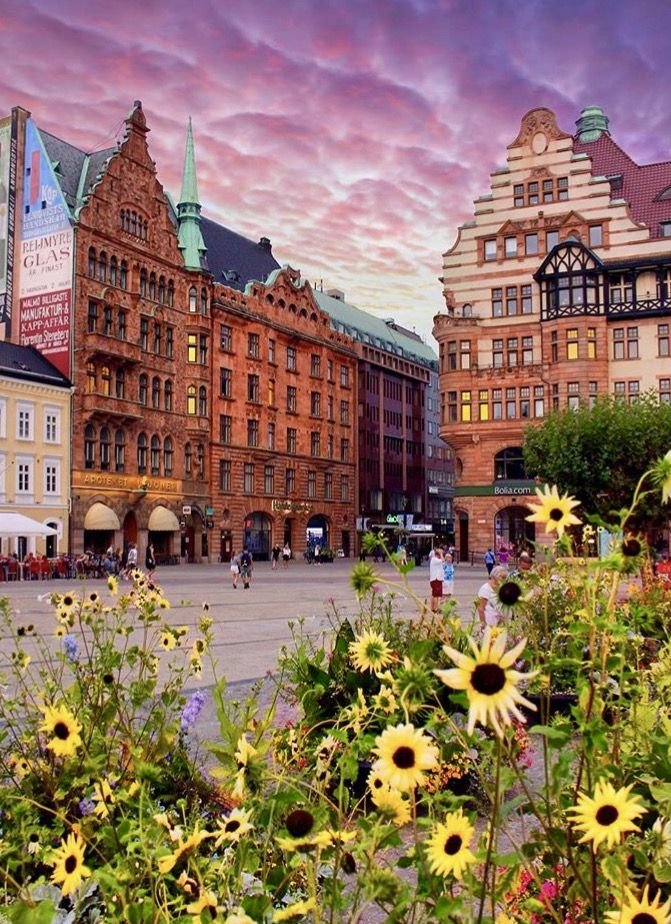
Travel Tips
Sweden is a welcoming and modern country, but like any destination, it’s important to travel smart. Here’s what you need to know about safety, local customs, and language basics for a smooth and enjoyable trip.
Safety Advice
General Safety
Sweden is considered one of the safest countries in the world, with a low rate of violent crime. However, travelers should remain vigilant, especially in crowded urban areas and around tourist hotspots like Stockholm’s Old Town, Gothenburg’s shopping centers, and public transport hubs. Pickpocketing and petty theft can occur, so keep valuables secure and avoid leaving bags unattended or hanging on chair backs in restaurants and cafés.
Terrorism and Public Safety
There is a heightened threat of terrorism in Sweden. Attacks could occur without warning in public spaces, including government buildings, transportation hubs, shopping malls, and tourist sites. Stay alert, avoid large crowds, and follow local authorities’ instructions. Monitor local news and official advisories for updates, and have an emergency plan in place.
Scams and Taxi Tips
Be cautious of scams, particularly in tourist areas. Only use reputable taxi companies, as the industry is not strictly regulated and overcharging can happen. Research trusted cab services in advance and avoid accepting unsolicited rides.
Nightlife and Alcohol
Sweden’s nightlife is generally safe, but alcohol-related incidents do occur, especially during long summer evenings. Avoid confrontations, don’t overindulge, and leave any venue where a situation feels tense. Women travelers should exercise standard precautions, as harassment can happen in bars and clubs, though Sweden remains one of the safest countries for solo female travelers.
Nature and Outdoor Activities
If exploring Sweden’s vast wilderness, prepare for the weather, especially in winter when conditions can be harsh. Dress warmly, check forecasts, and let someone know your plans. In summer, watch for ticks and mosquitoes; use repellent and wear appropriate clothing. Never approach wild animals, and always lock bicycles securely.
Local Customs
Politeness and Personal Space
Swedes are reserved and value personal space. Greetings are typically brief-a handshake and a simple “Hej” (Hello) suffice. Avoid loud conversations and respect queues. Eye contact is polite but not prolonged; Swedes may avoid it in uncomfortable situations.
Punctuality
Being on time is important in Sweden, whether for social events or public transport. Arriving late is considered impolite.
Shoes Indoors
It’s customary to remove your shoes when entering someone’s home. If invited, bring a small gift like flowers or chocolates as a gesture of appreciation.
Fika Culture
“Fika” is the beloved Swedish coffee break, often shared with friends or colleagues over coffee and pastries. It’s a daily ritual and a great way to experience local life-don’t hesitate to join in.
Allemansrätten (Right of Public Access)
Sweden’s unique “Allemansrätten” allows everyone to roam freely in nature, pick berries, and camp, as long as you respect the environment and private property. Always leave nature as you found it.
Tipping
Service charges are included in most bills, but rounding up or leaving small change is appreciated in restaurants and taxis.
Language Basics
Swedish is the official language, but most Swedes speak excellent English, especially in cities and tourist areas. Still, learning a few basic phrases is appreciated and can enhance your experience:
Swedish | English | Pronunciation |
Hej | Hello | hey |
Tack | Thank you | tahk |
Ja / Nej | Yes / No | yah / nay |
Ursäkta | Excuse me | oor-sehk-ta |
Snälla | Please | snel-la |
God morgon | Good morning | goo mor-on |
God kväll | Good evening | goo kvell |
Adjö | Goodbye | ah-yuh |
Hjälp | Help | yelp |
Signs and menus are often in Swedish, but English versions are common in tourist areas. If you need help, most locals are happy to assist.
Final Tips
- Carry a copy of your passport and keep the original secure.
- Use contactless payment-Sweden is largely cashless.
- Dress for the weather and pack layers, especially if visiting in winter.
- Respect local rules and enjoy Sweden’s blend of urban culture and natural beauty.
Final Tips for a Smooth Journey
Traveling in Sweden is generally safe and straightforward. With a bit of preparation and cultural awareness, you’ll enjoy everything this remarkable country has to offer.

